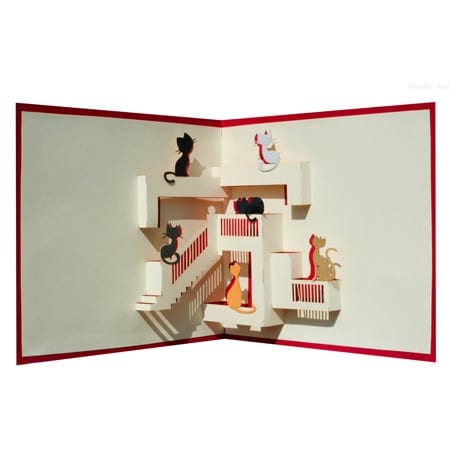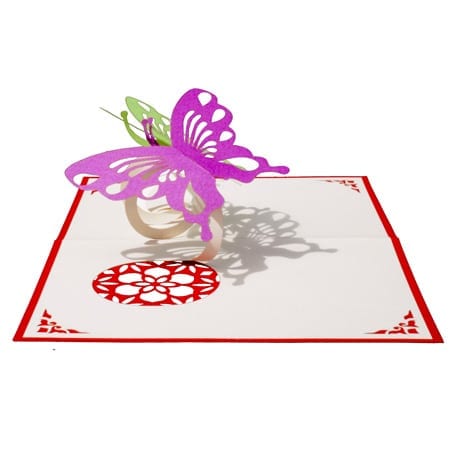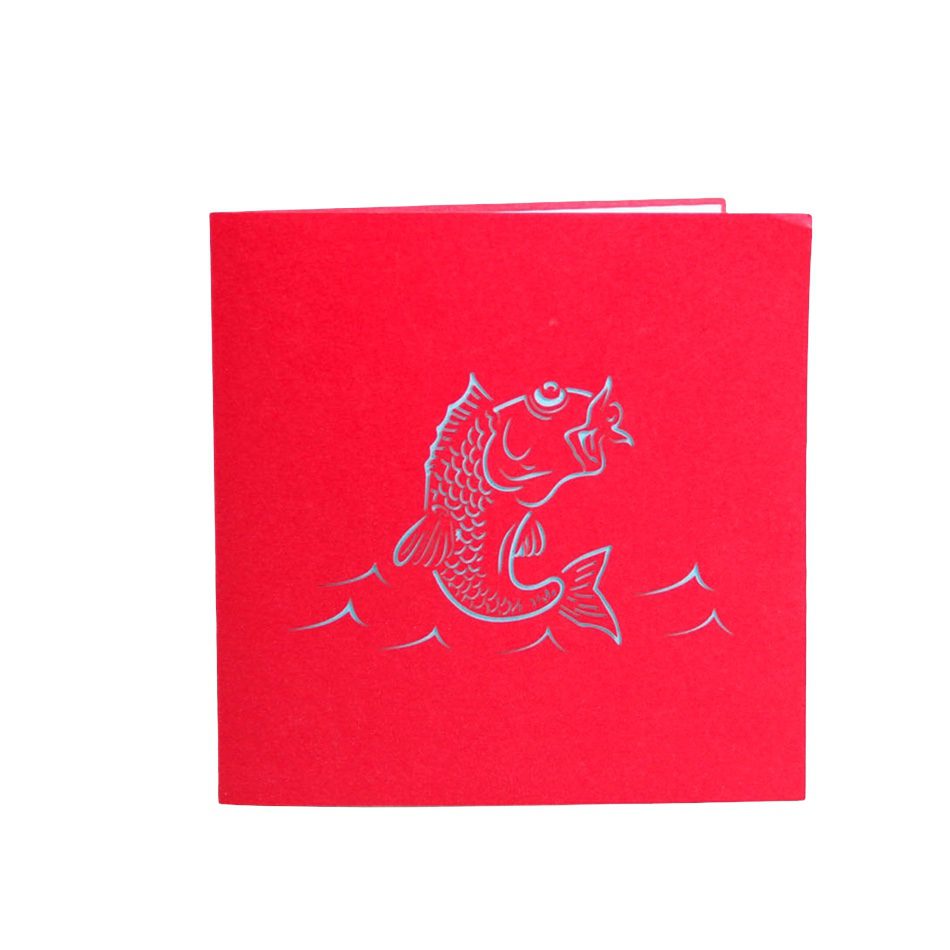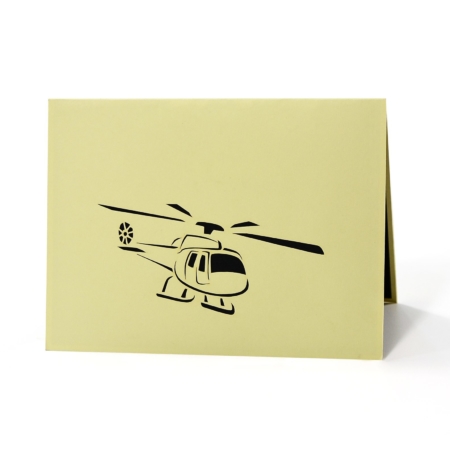Description
Sitting atop Snake Hill on the banks of the Yangtze River, the Yellow Crane Tower is one of the most celebrated landmarks in China. Today tourists flock to see the upturned turrets which define this yellow-tiled pagoda. The tower also has a long and colorful history.
Legends
There are a number of legends which tell how the Yellow Crane Tower came to be. The most widely told is the story of a wine merchant named Old Xin. It is believed that one day, an immortal being called Zi’an disguised himself as a poor man and wandered into Old Xin’s tavern. Right away Old Xin, showing no scorn or prejudice, offered the shabbily dressed man some free wine.
The poor man came back day after day for several years, Old Xin always greeted him with the same warmth. One day, as the poor man left the tavern, he took some orange peel and drew a picture of a crane upon the wall. He told Old Xin that if he clapped his hands, the crane would come down from the wall and dance for him.
Miraculously, what the poor man said was true and the dancing crane brought so much business to Old Xin that he soon became a very wealthy man.
Ten years later, Zi’an came back to Old Xin’s tavern, pulled out a flute and summoned the crane from the wall. The crane flew down, allowed Zi’an to mount it and together they flew off into the distance. To commemorate Zi’an and the dancing crane, Old Xin built the Yellow Crane Tower.
History from AD 223 until today:
The Yellow Crane Tower has existed in various forms since AD 223. The original building is believed to have been built as an enemy watch tower by the Great Emperor of Wu, Sun Quan. Due to wars, natural disasters, and other reasons, the Yellow Crane Tower was destroyed many times, and rebuilt time and again.
During the Ming and Qing dynasties alone, the tower was destroyed and rebuilt at least seven times. In 1884 it was completely destroyed in a fire and was not rebuilt until the modern day tower was erected in the 1980s.
72 pillars to supports the Yellow Crane Tower. The 60 roof-ridges rise in the air layer by layer, looking like the spread-open wings of cranes. The upturned roof-ridges are decorated with dragon-headed, fish-tailed Chiwen. Legend has it that Chiwen is a son of the dragon and belongs to water by nature. The roof-ridges are decorated with Chiwen because people hope that the tower will not be destroyed by fire again.
Today, the tower stands proudly in the centre of Wuhan. Yes, that Wuhan. The inner wall of the building is now home to an exquisite mosaic artwork which stretches out over multiple stories and tells the story of the Yellow Crane Tower.
The tower had different architectural features in different dynasties. The tower which stands today is based on the one designed during the Qing Dynasty. It stands about 168 feet high and has five floors. The appearance of the tower is the same regardless of the direction it is viewed from. The roof is covered by 100,000 yellow glazed tiles. With yellow upturned eaves, each floor seems to have been designed to resemble a yellow crane spreading its wings to fly.
For Poets only:
As of 1988, one of the top floors in the Yellow Crane Tower is strictly reserved for visiting poets of note, and is only allowed to be viewed from outside by the general public. This floor is fully equipped with desks, chairs, papers, brushes and inks, allowing visiting poets the opportunity to use the facility.
The new Yellow Crane Tower is regarded as the symbol of Wuhan city. It is considered one of the Four Great Towers of China. In its modern version it has the appearance of an ancient tower but is built of modern materials and includes an elevator.
The Yellow Crane Tower has an architectural style between the classic and the modern, an excellent example of poetry and beauty.
Saying:
The wine is surging, and the heart is rising!”
Poem by Cui Hao
Yellow Crane Tower was made famous by an 8th-century poem written by Tang dynasty poet Cui Hao, titled “Yellow Crane Tower” (黃鶴樓). The original text of the poem is shown below:
昔人已乘黃鶴去, 此地空餘黃鶴樓。
黃鶴一去不復返, 白雲千載空悠悠。
晴川歷歷漢陽樹, 芳草萋萋鸚鵡洲。
日暮鄉關何處是, 煙波江上使人愁。
A modern English translation is:
Long ago one’s gone riding the yellow crane, all that remained is the Yellow Crane Tower.
Once the yellow crane left it will never return, for one thousand years the clouds wandered carelessly.
The clear river reflects each ginkgo tree, fragrant grasses lushly grow on Parrot Island.
At sunset, which direction leads to my hometown? One could not help feeling melancholy along the misty river.
see also: Shanghai, Pearl of Asia popup card.










































